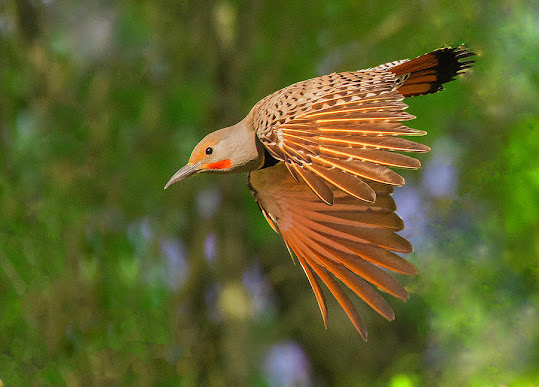Read "Boys Telling Bawdy Tales" at The Eldritch Dark:
http://www.eldritchdark.com/writings/poetry/64/boys-telling-bawdy-tales
This haiku from Clark Ashton Smith (CAS) perfectly matches the impish humor of schoolboys with the earthy satire of François Rabelais, particularly in his most famous work Gargantua and Pantagruel. I've tried reading that long series of comic novels in English translation, but have to admit that I found it rough going and gave up. Perhaps I'll re-visit it one of these days...
In any case, CAS' connection to the works of Rabelais seems to be a strong one, as Rabelais is often mentioned in his letters. In February 1949 he wrote to August Derleth and mentioned Rabelais as being "among the forefathers of the genre" of science fiction, along with Lucius Apuleius Madaurensis and Lucian of Samosata. A portion of that letter (with some typos!) is available on The Eldritch Dark:
http://www.eldritchdark.com/writings/nonfiction/25/on-science-fiction-history













